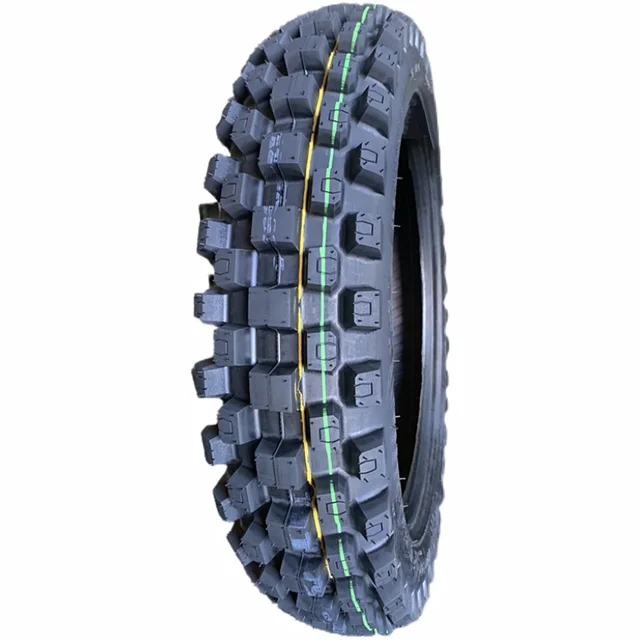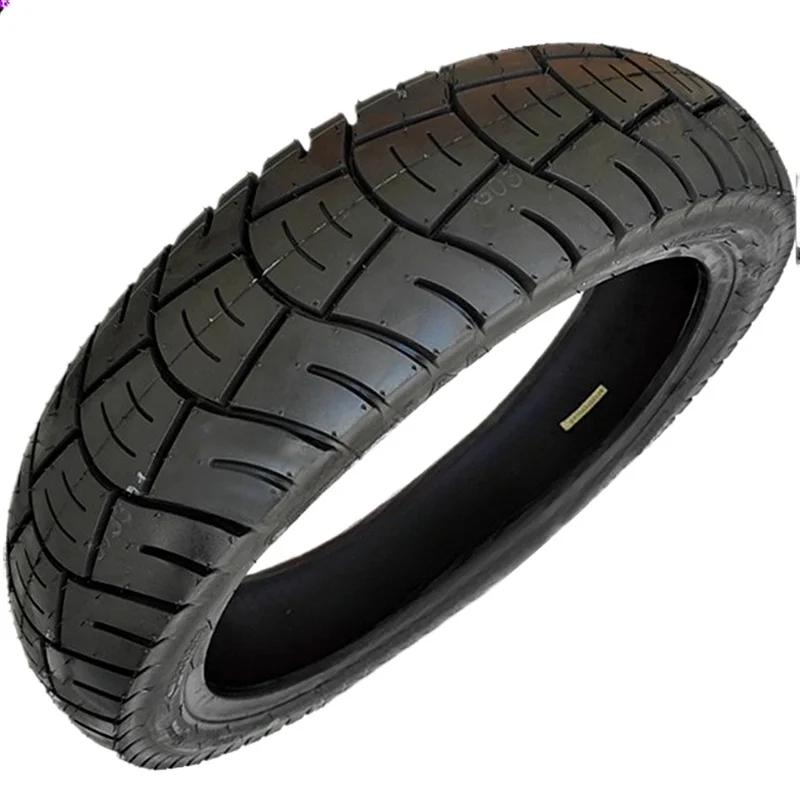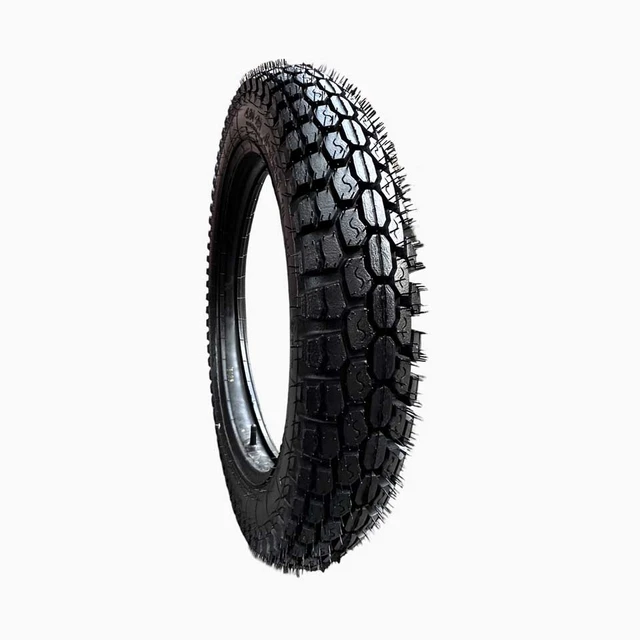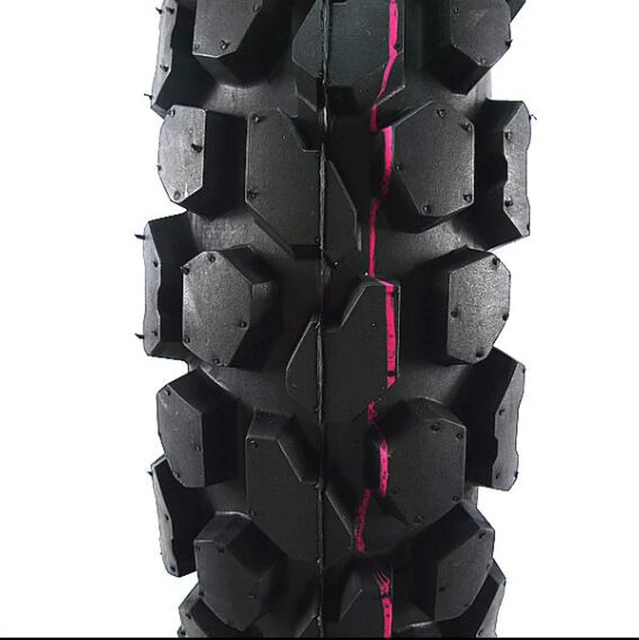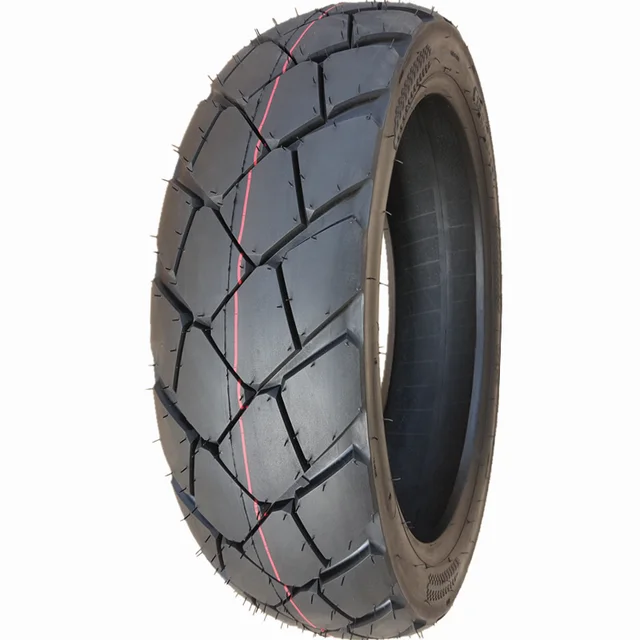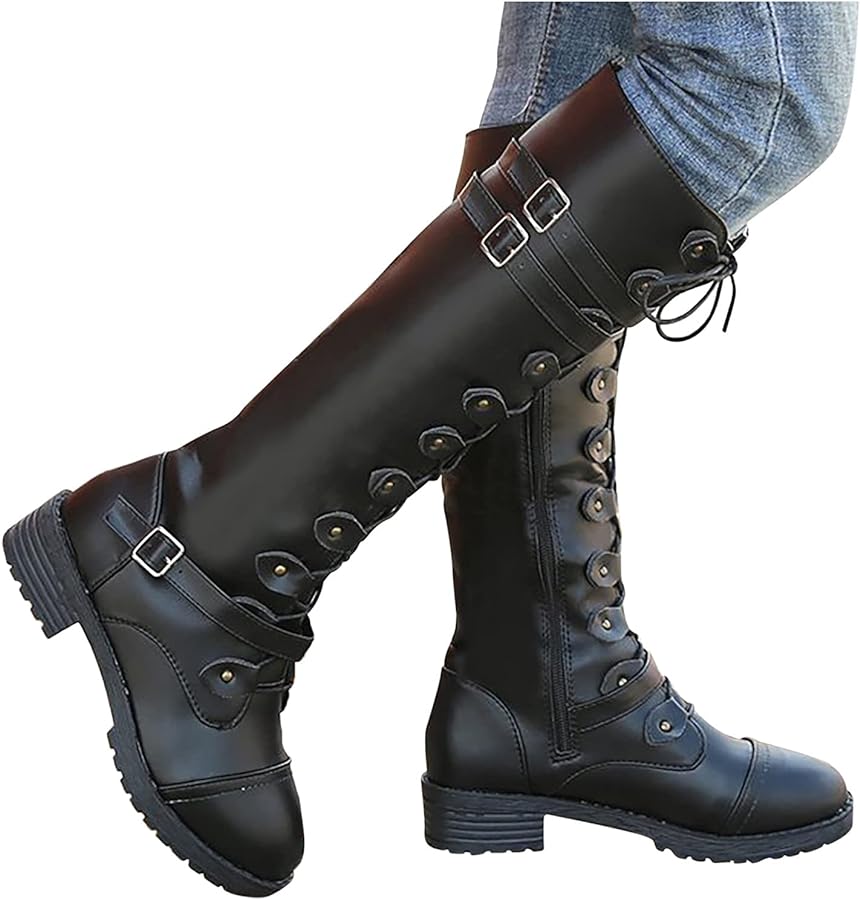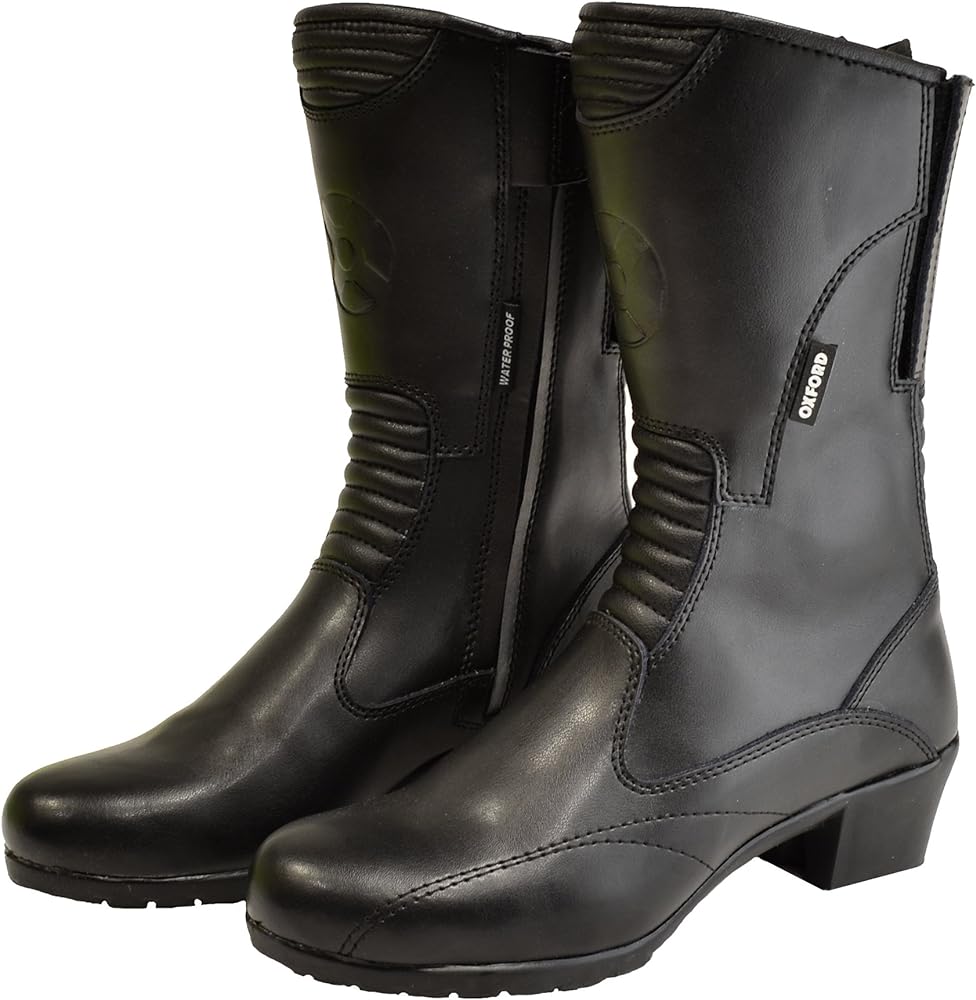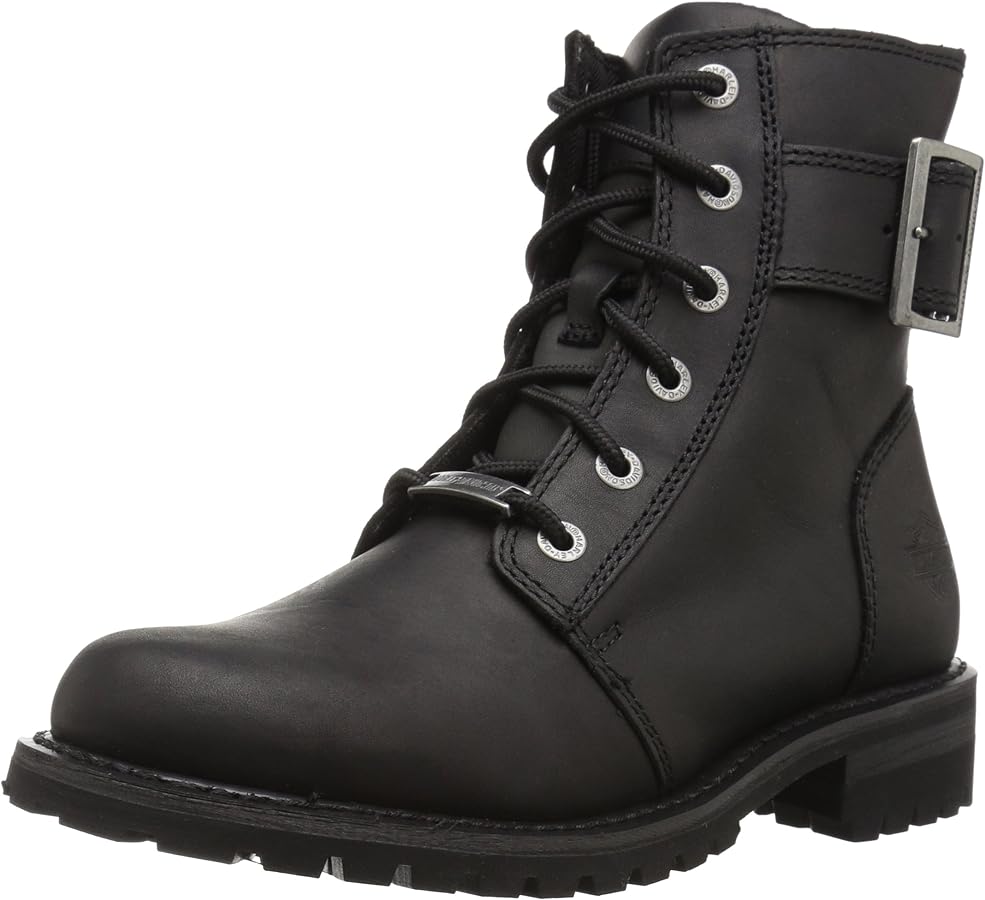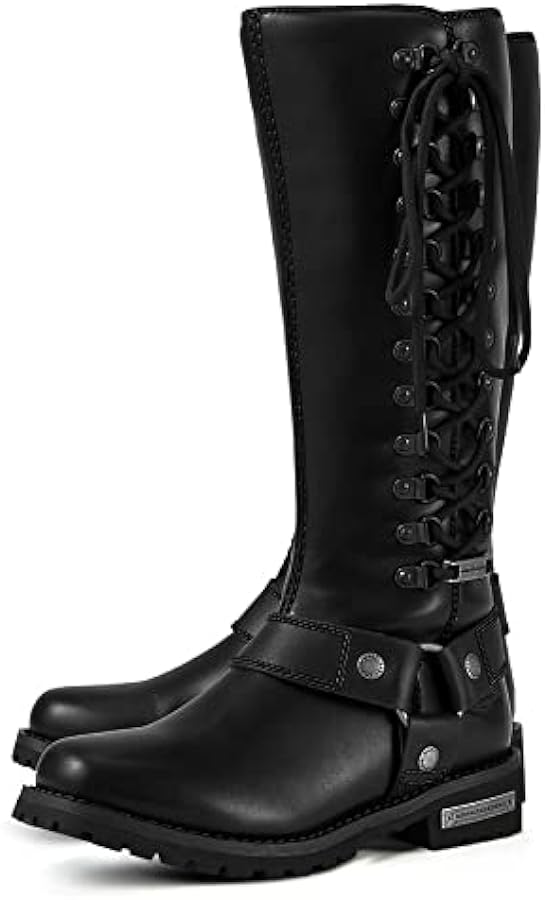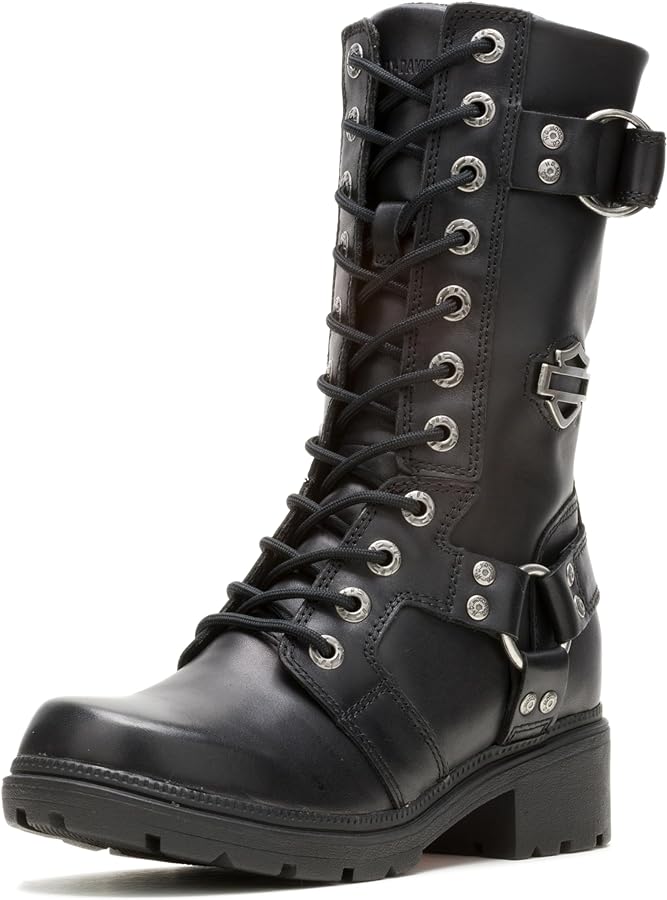When buying a used motorcycle or evaluating the longevity of your current bike, the question of mileage often arises. Understanding how many miles are too many involves examining various factors, such as the type of motorcycle, maintenance history, riding conditions, and intended use. How many miles is high for a motorcycle? This comprehensive guide explores these factors and provides insights to help you determine whether a motorcycle’s mileage is too high or within a reasonable range.
How Many Miles Is Too Much for a Motorcycle:
What Should You Consider?
How Does the Type of Motorcycle Affect Mileage Considerations?
Different types of motorcycles are designed for varying purposes and riding conditions, which significantly influence their longevity and acceptable mileage.
Sport Bikes:
High Performance and Stress:
Engine Stress: Sport bikes are designed for high performance and agility, often ridden at high speeds and subjected to greater stress on the engine and components. This intensive use may result in shorter lifespans compared to other types of motorcycles.
Acceptable Mileage: For sport bikes, a mileage range of 20,000 to 30,000 miles may be considered high, depending on maintenance and usage. Regular servicing and proper care can extend their lifespan, but higher mileage on sport bikes typically signals more wear and potential issues.
Cruisers and Touring Bikes:
Built for Longevity:
Engine Durability: Cruisers and touring bikes are built for long-distance travel and comfortable cruising. They often have larger, more durable engines designed to handle extended usage and higher mileages.
Acceptable Mileage: It is common for these types of bikes to reach 50,000 to 100,000 miles or more with proper maintenance. Cruiser and touring bike riders often report high mileage without significant issues, making these bikes suitable for long-term ownership.
Dual-Sport and Adventure Bikes:
Versatile Usage:
Mixed Terrain: Dual-sport and adventure bikes are used on both paved roads and off-road terrains. Their engines and components are designed to handle diverse riding conditions, making them relatively durable.
Acceptable Mileage: How many miles is too much for a motorcycle? Due to their rugged design, these bikes can accumulate high mileage, often exceeding 40,000 to 60,000 miles. However, off-road usage can subject the bike to additional wear and tear, so condition and upkeep are crucial.
Maintenance History:
Why Is Maintenance History Crucial When Evaluating Motorcycle Mileage?
How many miles is too many on a motorcycle? A well-maintained motorcycle can outperform one that hasn’t received proper care, regardless of the mileage.
Regular Servicing:
Impact on Longevity:
Scheduled Maintenance: Adherence to regular maintenance schedules, such as oil changes, valve adjustments, and tire replacements, significantly extends the lifespan of a motorcycle. A bike with high mileage but a thorough maintenance record may be more reliable than a low-mileage bike with poor upkeep.
Service Records: When buying a motorcycle, request detailed service records. Consistent maintenance and timely repairs indicate that the previous owner took good care of the bike, reducing the risk of hidden issues.
Component Replacements:
Signs of Wear and Renewal:
Engine Rebuilds: Motorcycles with very high mileage may have undergone significant component replacements or rebuilds, such as engine overhauls or transmission repairs. These replacements can restore the bike’s functionality and extend its life.
Common Replacements: Look for records of common wear and tear items being replaced, such as brake pads, chains, sprockets, and clutch assemblies. Replacing these components at appropriate intervals ensures the bike remains reliable.
Riding Conditions:
How Do Different Riding Conditions Affect Motorcycle Mileage?
How much is a lot of miles for a motorcycle? The conditions in which a motorcycle is ridden play a significant role in determining its lifespan and acceptable mileage.
Urban vs. Highway Riding:
Impact on Wear:
Stop-and-Go Traffic: Motorcycles used primarily in urban environments with frequent stop-and-go traffic may experience more wear on the clutch, brakes, and engine compared to those used for highway riding. This kind of riding can result in higher maintenance needs and potentially shorter lifespans.
Highway Mileage: Highway riding tends to be less stressful on a motorcycle, as sustained speeds and lower frequencies of stops contribute to reduced wear. Bikes with high highway mileage may still be in excellent condition if they have been well-maintained.
Climate and Terrain:
Environmental Factors:
Harsh Climates: Motorcycles exposed to extreme weather conditions, such as intense heat, cold, or humidity, may experience accelerated wear. Corrosion, battery degradation, and material stress are common in harsh climates. High-mileage bikes from these environments may require closer inspection.
Terrain Challenges: Riding on rough terrain, such as dirt trails or mountainous roads, subjects the motorcycle to additional stress. Dual-sport and adventure bikes, designed for these conditions, can handle the wear better, but mileage readings should be assessed with the terrain in mind.
Intended Use:
What Are the Expectations for Motorcycle Longevity Based on Usage?
The purpose and frequency of motorcycle use influence how mileage should be evaluated.
Commuting and Daily Use:
Impact of Regular Use:
Frequent Riding: Motorcycles used for daily commuting or regular transportation tend to accumulate mileage quickly. However, regular use combined with diligent maintenance can keep the bike in good condition for many years.
Wear and Tear: Daily use results in consistent wear on critical components. Evaluate high-mileage commuter bikes for signs of maintenance adherence and the condition of wear items, such as tires and brakes.
Recreational and Seasonal Use:
Less Frequent Riding:
Weekend Warriors: Motorcycles used primarily for recreational riding often have lower mileage despite their age. These bikes may remain in excellent condition because they experience less wear and tear. However, seasonal storage and starting conditions must be considered.
Seasonal Maintenance: Ensure that motorcycles stored for extended periods, such as during winter, have been properly prepped and maintained. Look for signs of potential storage-related issues, such as fuel system degradation or battery failure.
Evaluation and Inspection:
How Should You Inspect a High-Mileage Motorcycle?
Conducting a thorough inspection helps determine whether a high-mileage motorcycle is a reliable purchase or investment.
Visual Inspection:
Initial Assessment:
Exterior Condition: Start with a visual inspection of the motorcycle’s exterior. Check for signs of rust, corrosion, and damage on the frame, engine, and exhaust system. These signs can indicate neglect or extensive use in harsh environments.
Fluid Leaks: Inspect for fluid leaks around the engine, transmission, and suspension components. Oil or coolant leaks can signal underlying issues that may require costly repairs.
Component Check:
Detailed Component Analysis:
Tire Condition: Examine the tires for wear patterns and tread depth. Uneven wear can indicate alignment issues, while low tread depth can necessitate immediate replacement.
Brake System: Check the condition of the brake pads, discs, and lines. Worn pads and discs can compromise safety, while deteriorated lines need replacing to ensure proper braking performance.
Test Ride:
Performance Evaluation:
Engine and Transmission: During the test ride, listen for unusual noises from the engine and transmission. Smooth acceleration and shifting with responsive throttle control indicate a well-maintained engine and gearbox.
Handling and Suspension: Evaluate the motorcycle’s handling and suspension performance. A stable and smooth ride with minimal vibrations and responsive steering suggests that the suspension and frame are in good condition.
Mileage Myths and Realities:
What Are Common Misconceptions About Motorcycle Mileage?
How many miles is too much for a motorcycle? Misunderstanding mileage impacts can lead to incorrect assumptions about a motorcycle’s condition.
High Mileage Equals Poor Condition:
Not Always True:
Maintenance Matters: A high-mileage motorcycle that has been meticulously maintained can outperform a low-mileage bike with poor upkeep. Evaluate the overall condition and maintenance history rather than relying solely on the mileage reading.
Engine Longevity: Engines designed for durability, like those in touring bikes, can handle high mileages well. Rebuilt or well-maintained engines can extend the bike’s lifespan significantly.
Older Bikes Can’t Handle High Mileage:
Potential for Longevity:
Vintage Durability: Many older motorcycles, particularly classic models, were built to last and can handle high mileages if maintained properly. Components like air-cooled engines and simple mechanical systems often lend themselves to longevity.
Restoration Potential: Vintage bikes with high mileage can be restored with new parts and meticulous care, maintaining their value and functionality.
Conclusion
Determining whether a motorcycle’s mileage is too high involves considering the type of motorcycle in 2024, its maintenance history, riding conditions, and intended use. How many miles is too much for a motorcycle? Sport bikes typically have shorter lifespans compared to cruisers and touring bikes built for long-distance travel. Maintenance records play a crucial role in assessing a bike’s condition alongside the mileage. Riding conditions, such as urban versus highway and climate, also impact wear and tear. Usage frequency, whether for commuting or recreational purposes, further affects how mileage should be interpreted. Proper inspection, including visual checks and test rides, helps evaluate the true condition of a high-mileage motorcycle. Dispelling common mileage myths emphasizes the importance of maintenance and overall condition over mere mileage numbers. Comprehensive consideration of these factors ensures an informed decision when purchasing or assessing a motorcycle’s longevity.






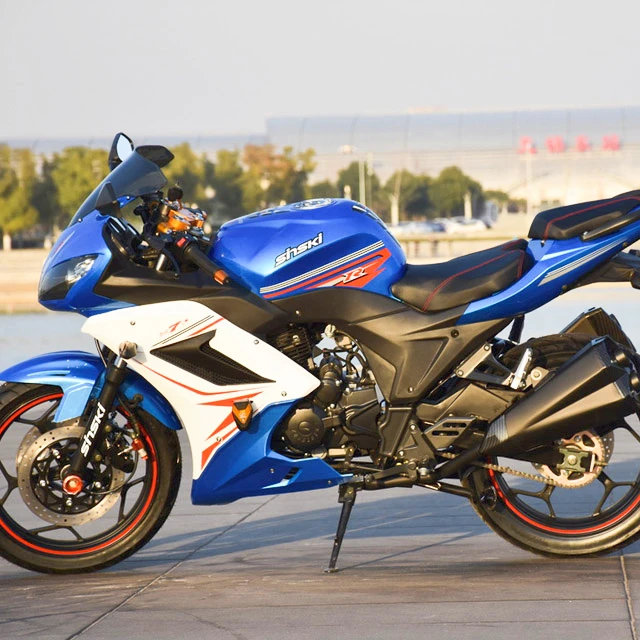 Technical Specifications and Performance
Technical Specifications and Performance
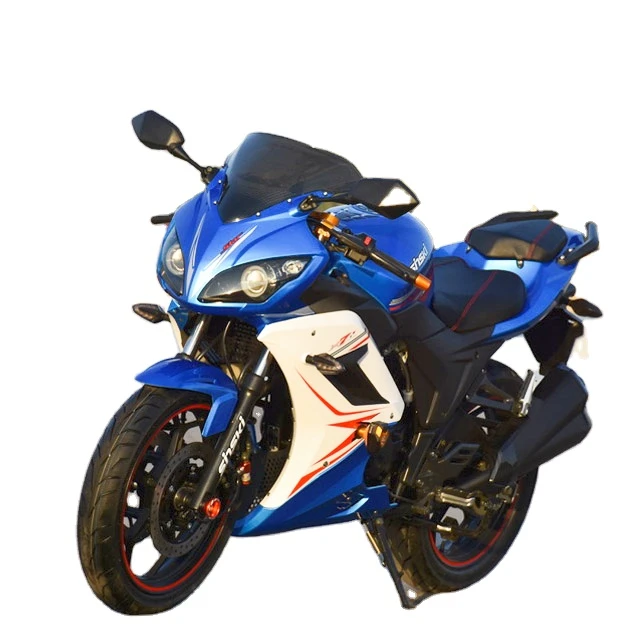
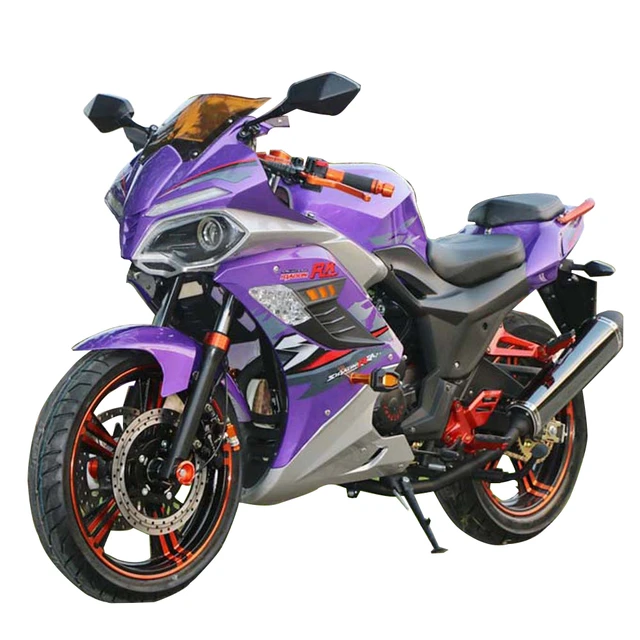

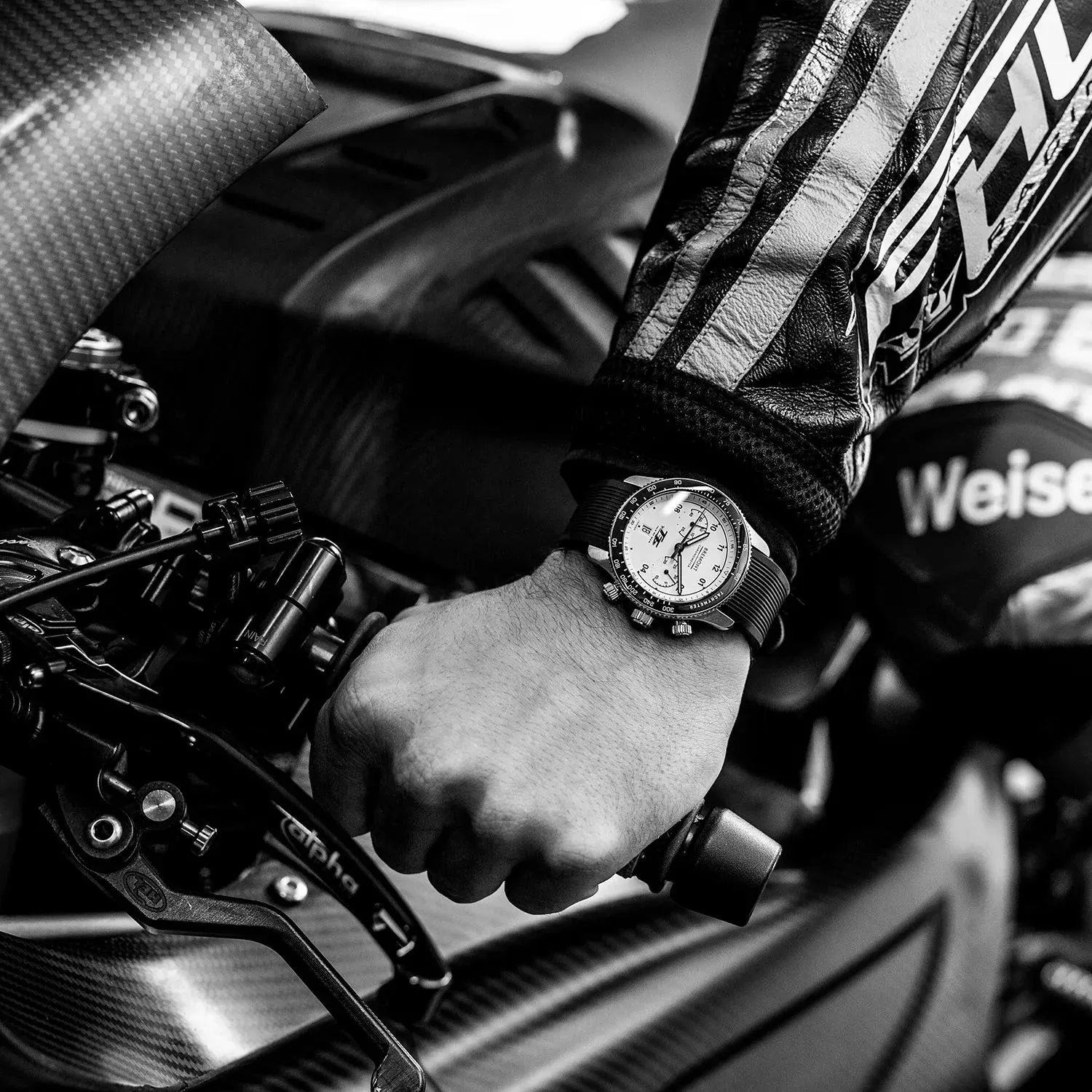
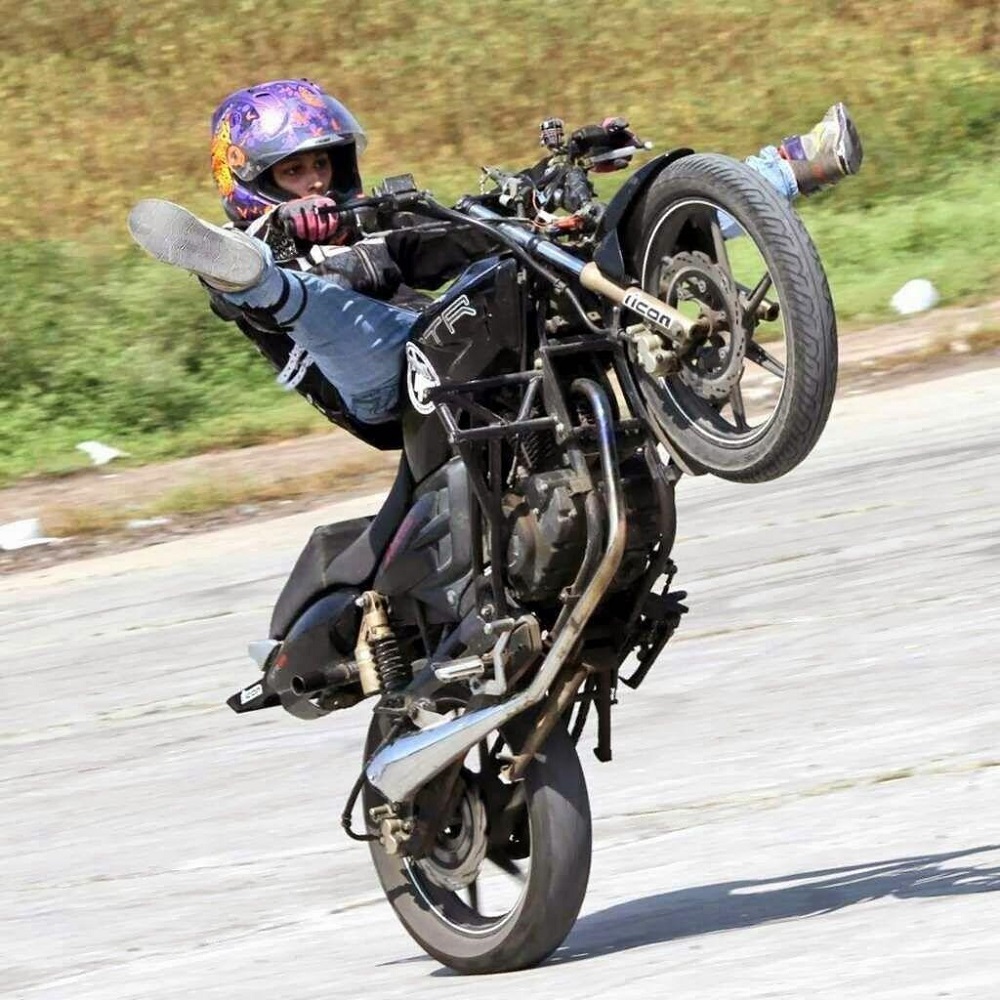
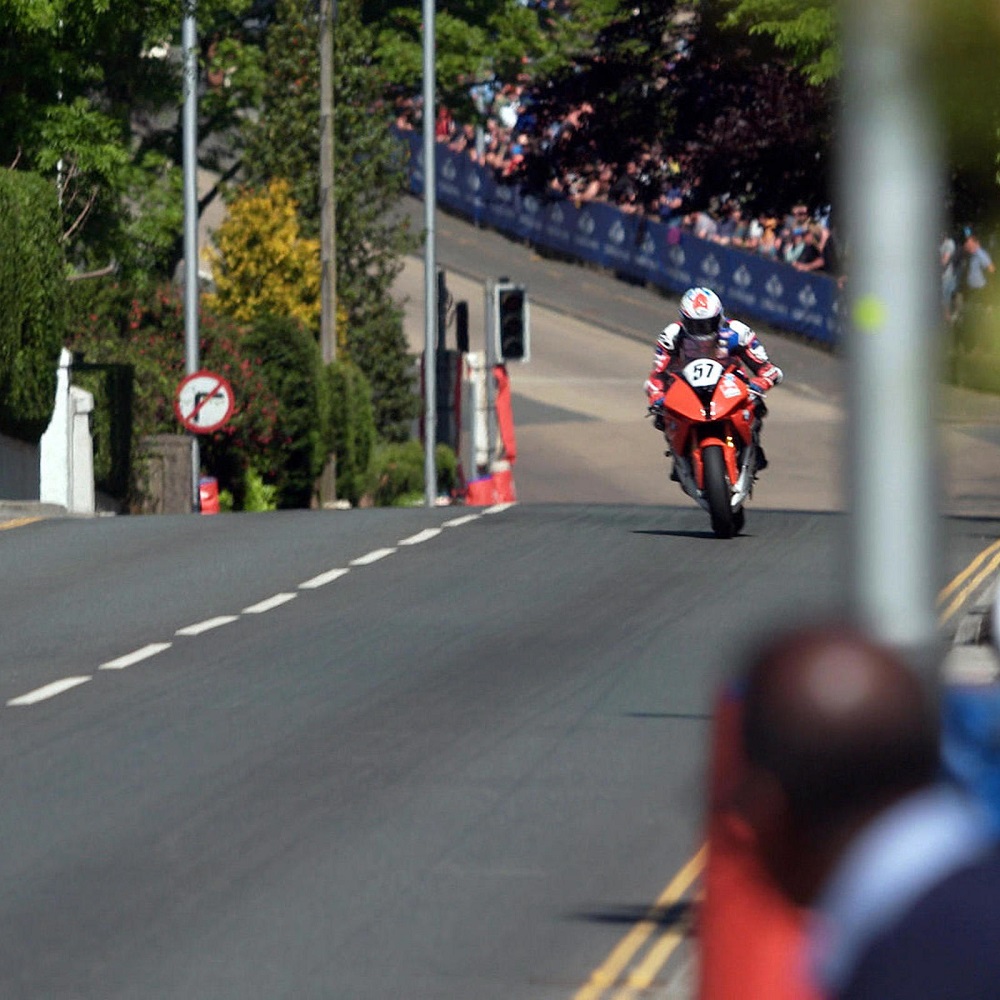 The Spectator Experience
The Spectator Experience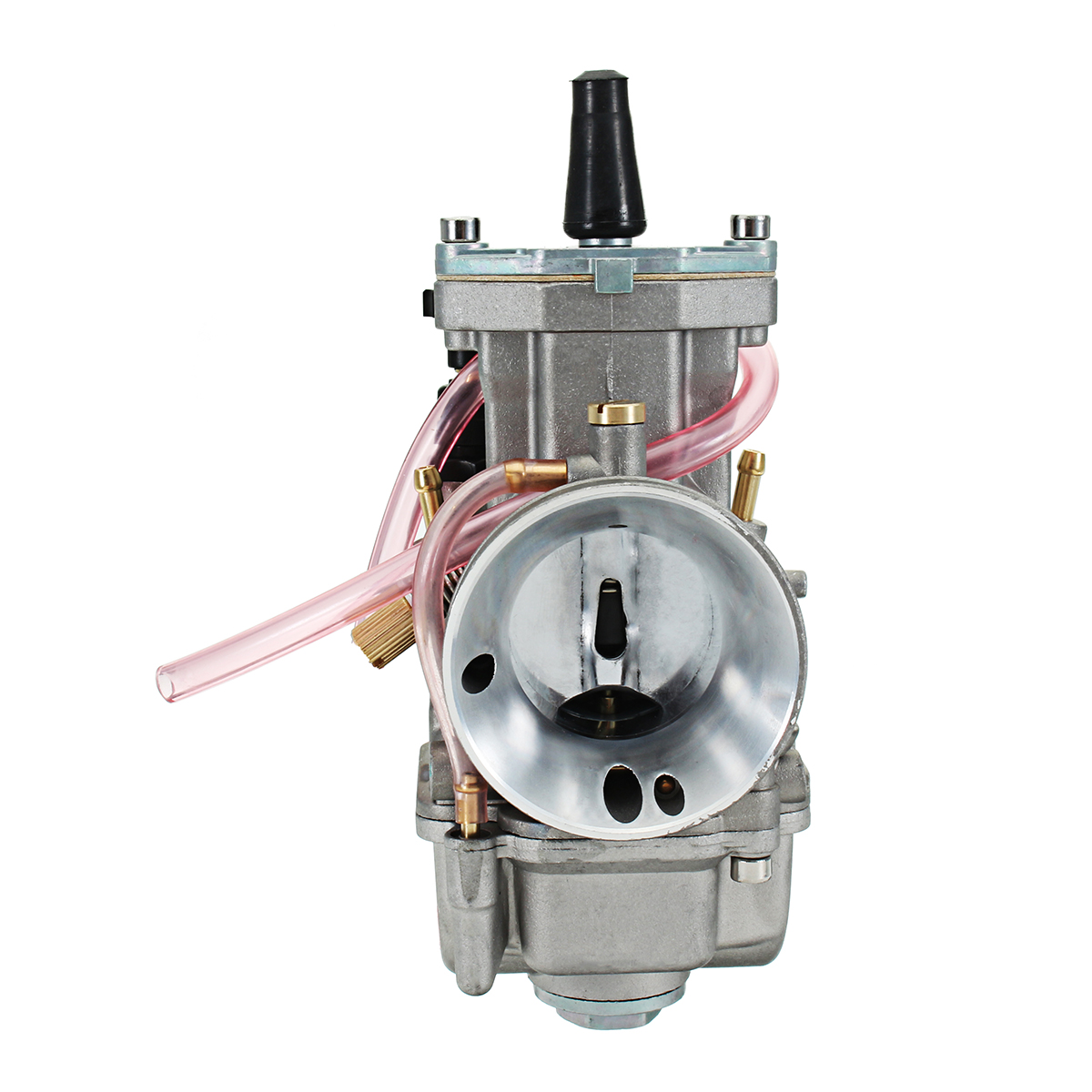
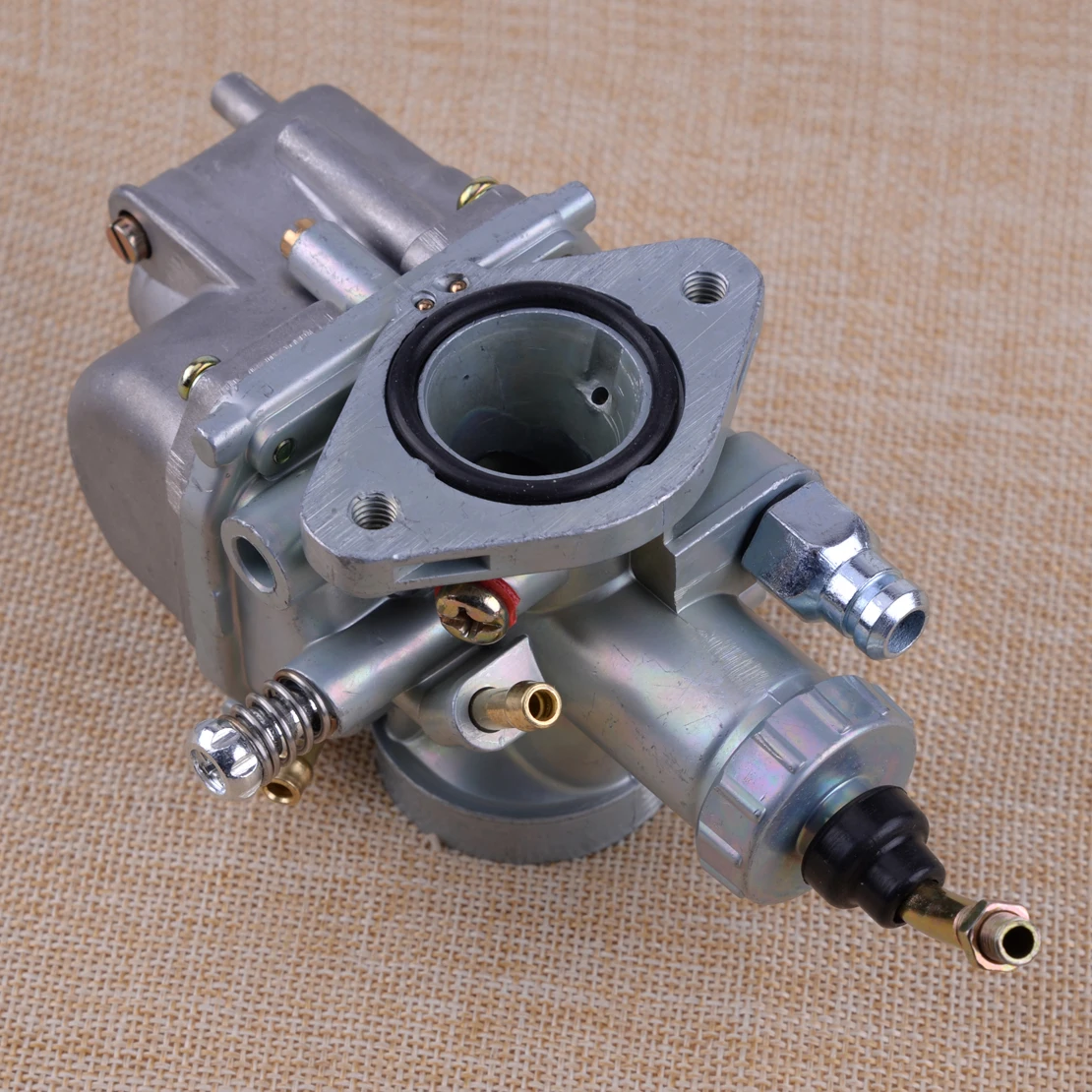
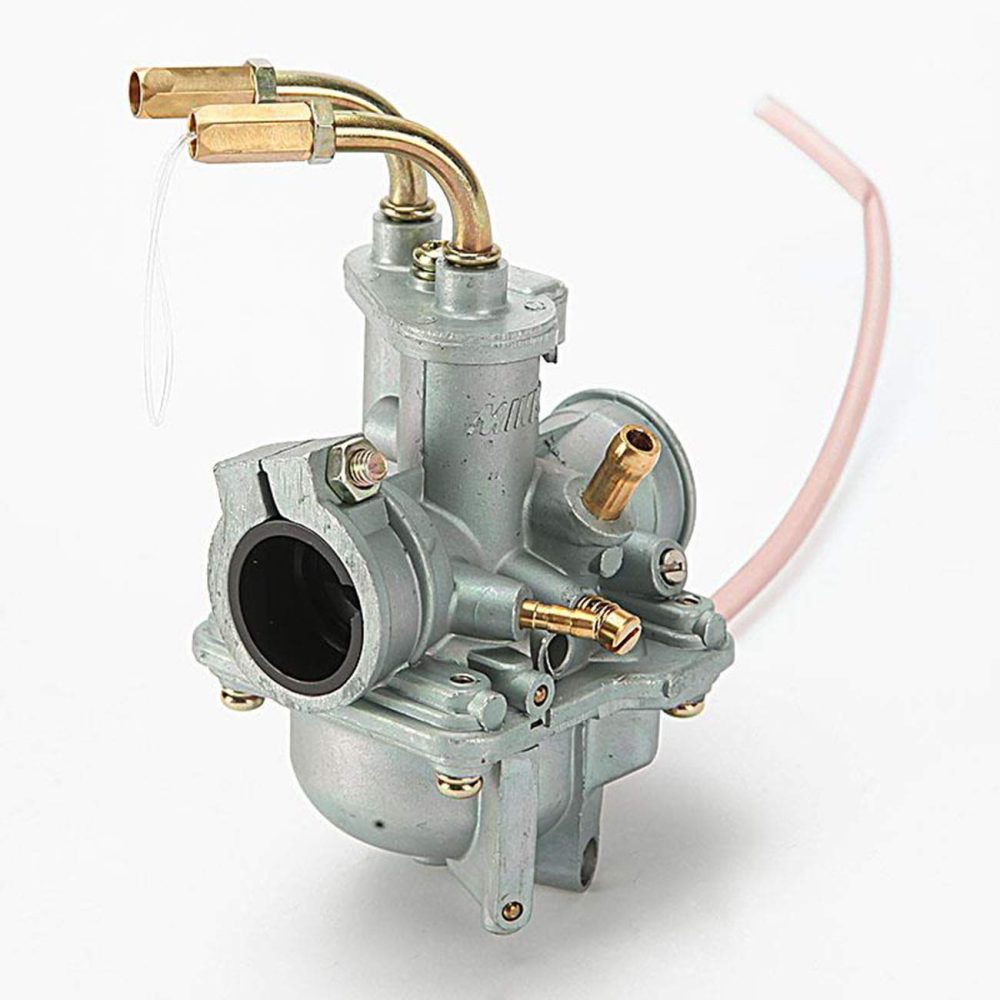 Regular Maintenance Tips
Regular Maintenance Tips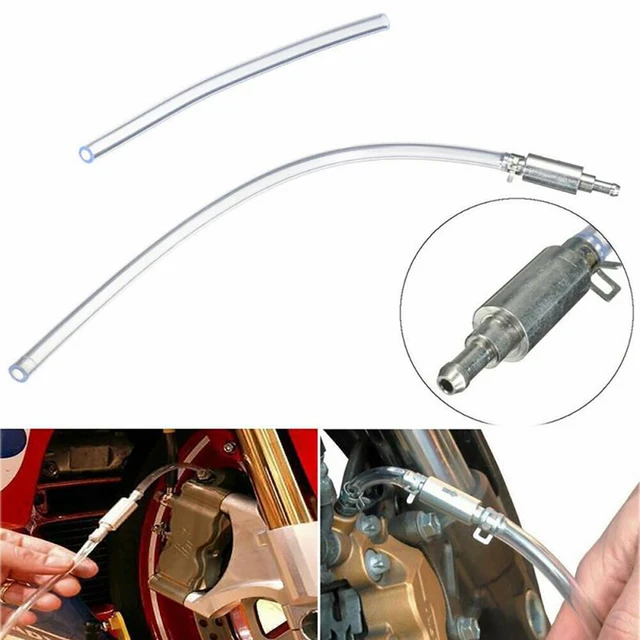
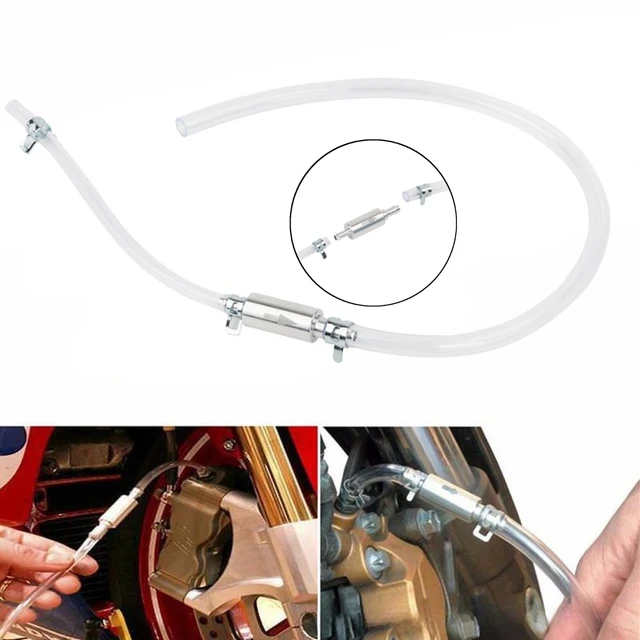
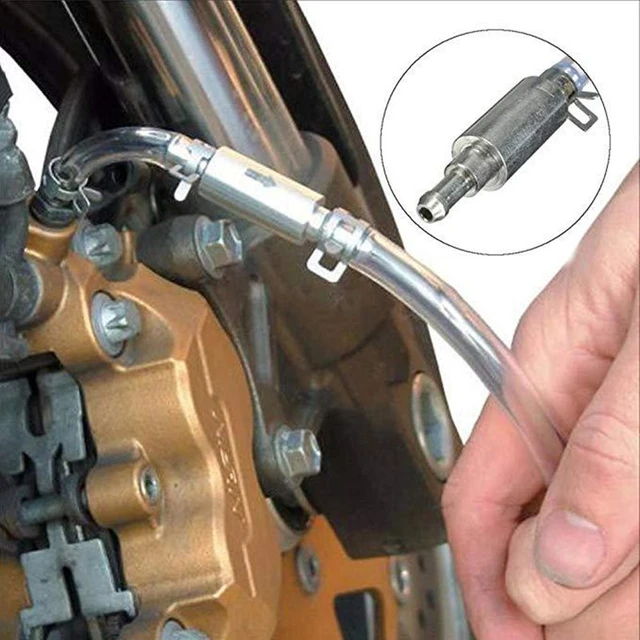 Advanced Techniques and Tools
Advanced Techniques and Tools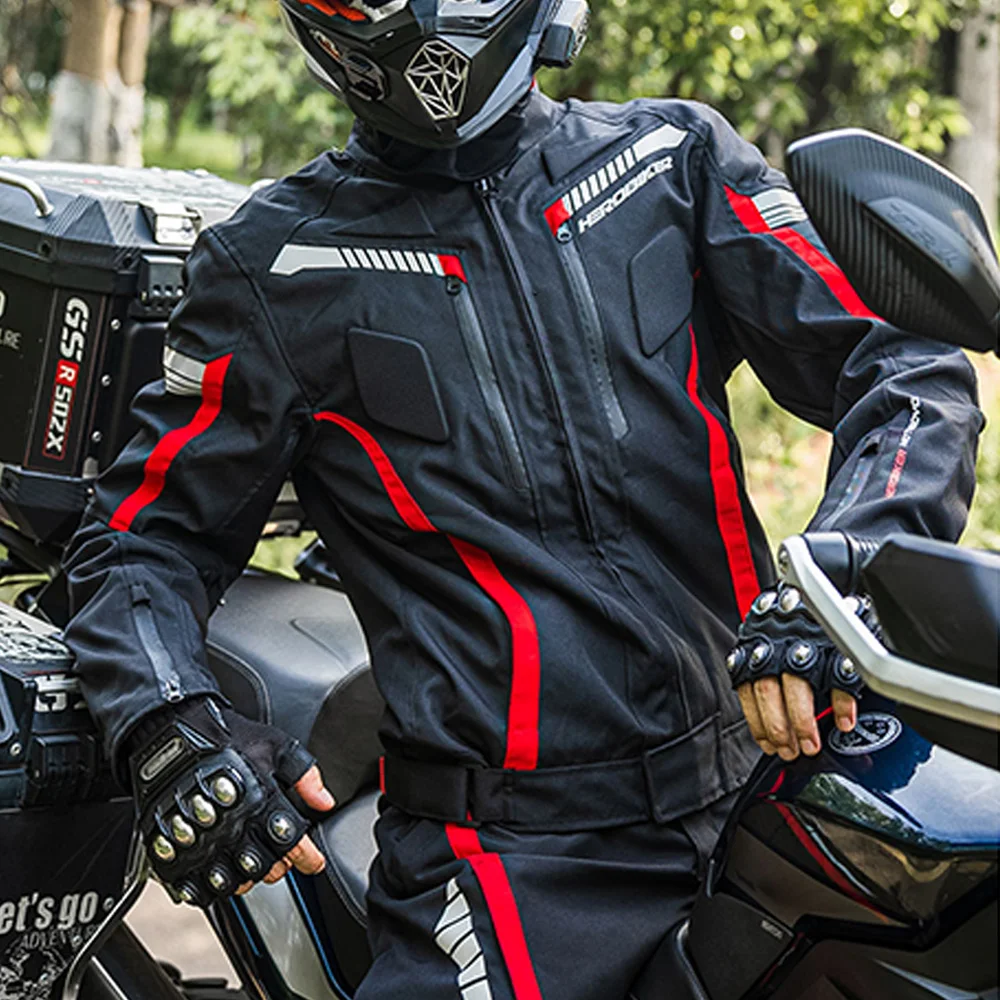 Importance of Breathability
Importance of Breathability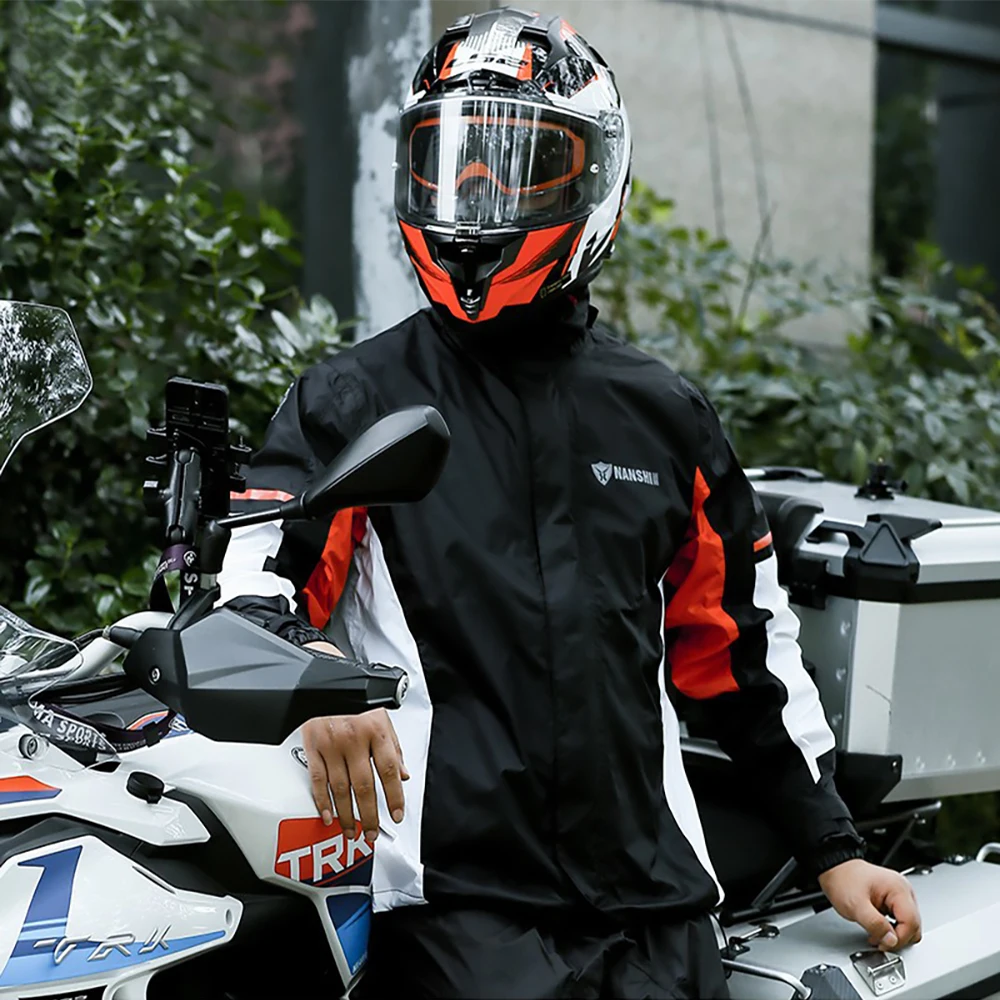
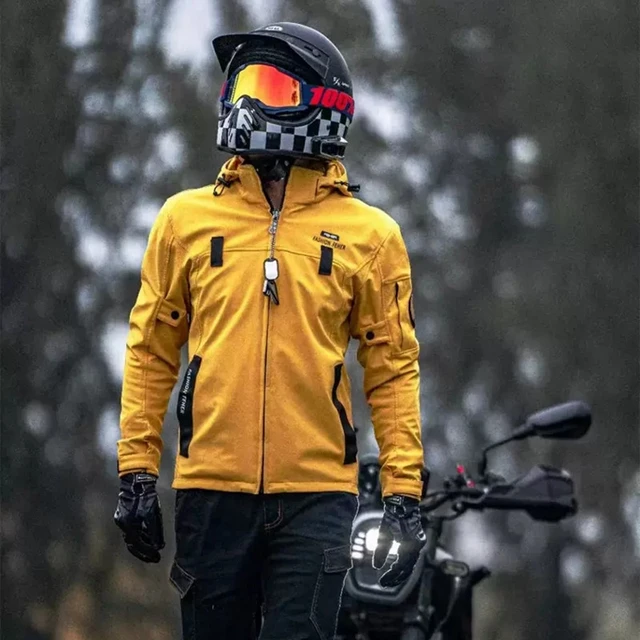
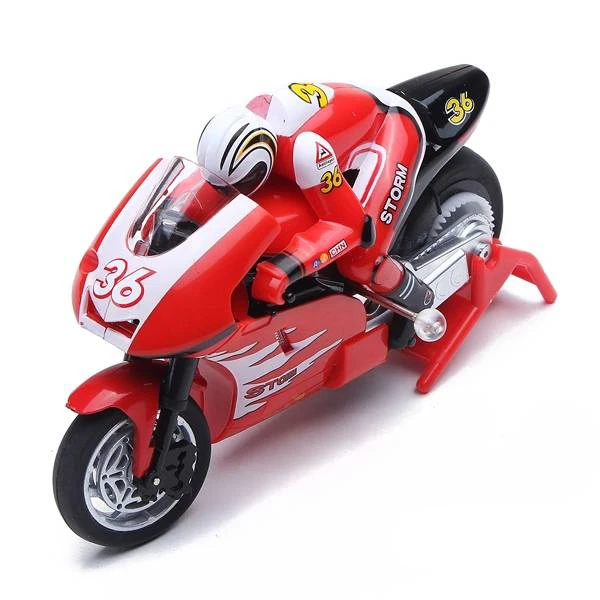
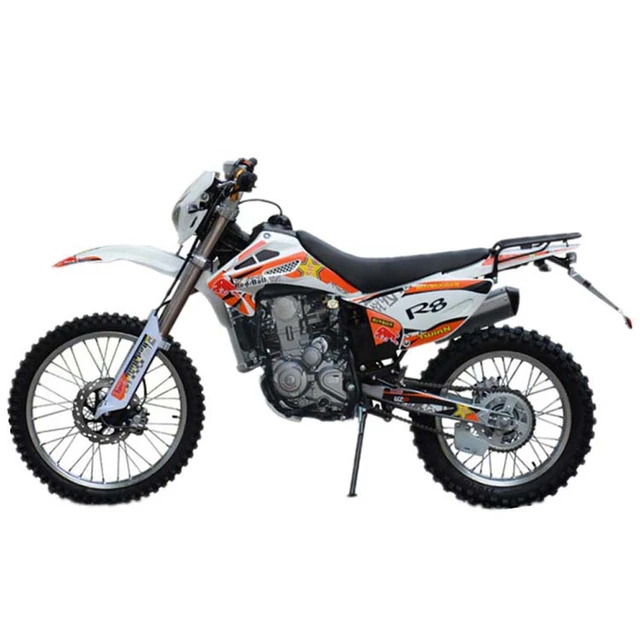 Fuel System Problems
Fuel System Problems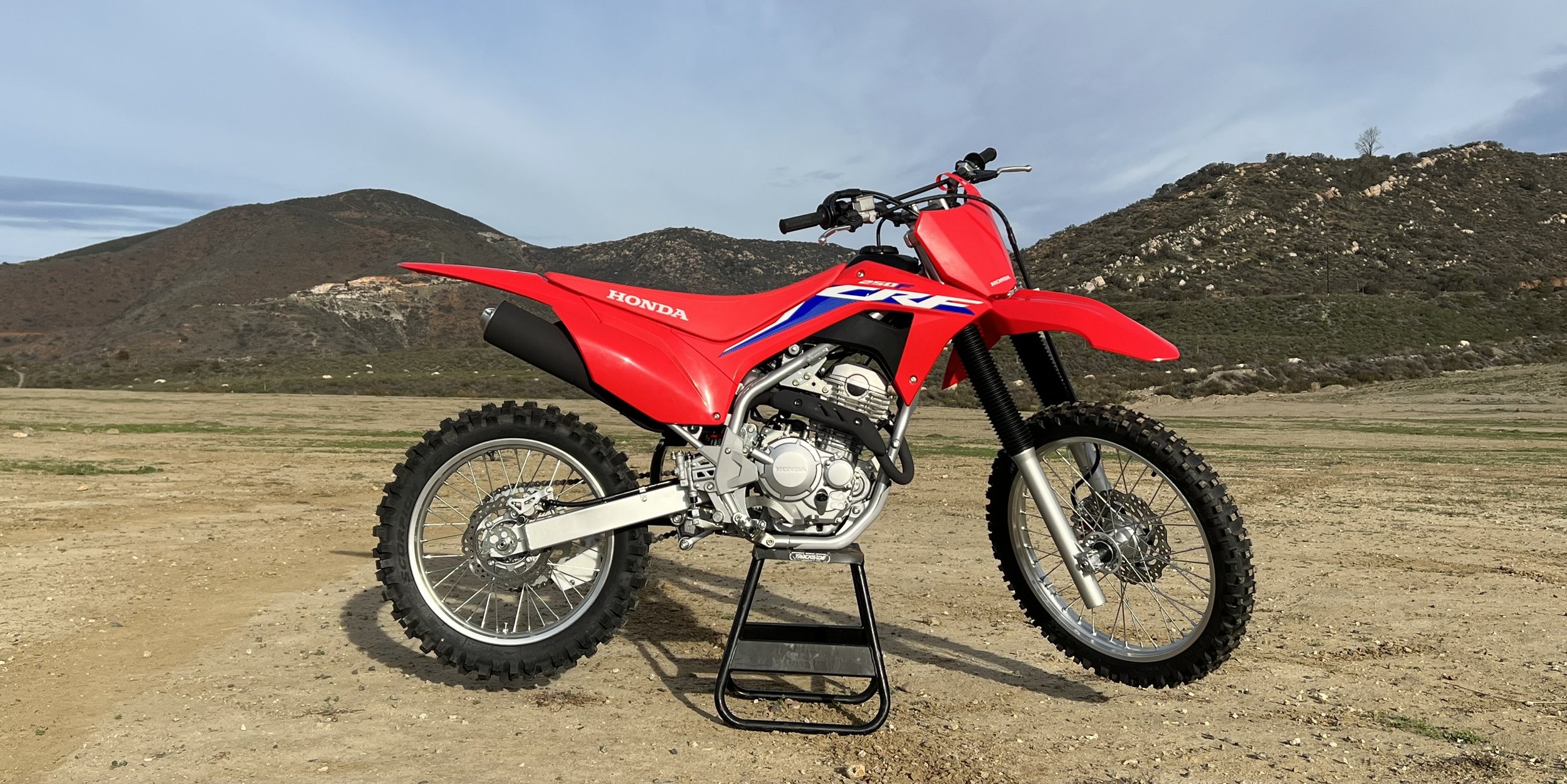 Ignition System Issues
Ignition System Issues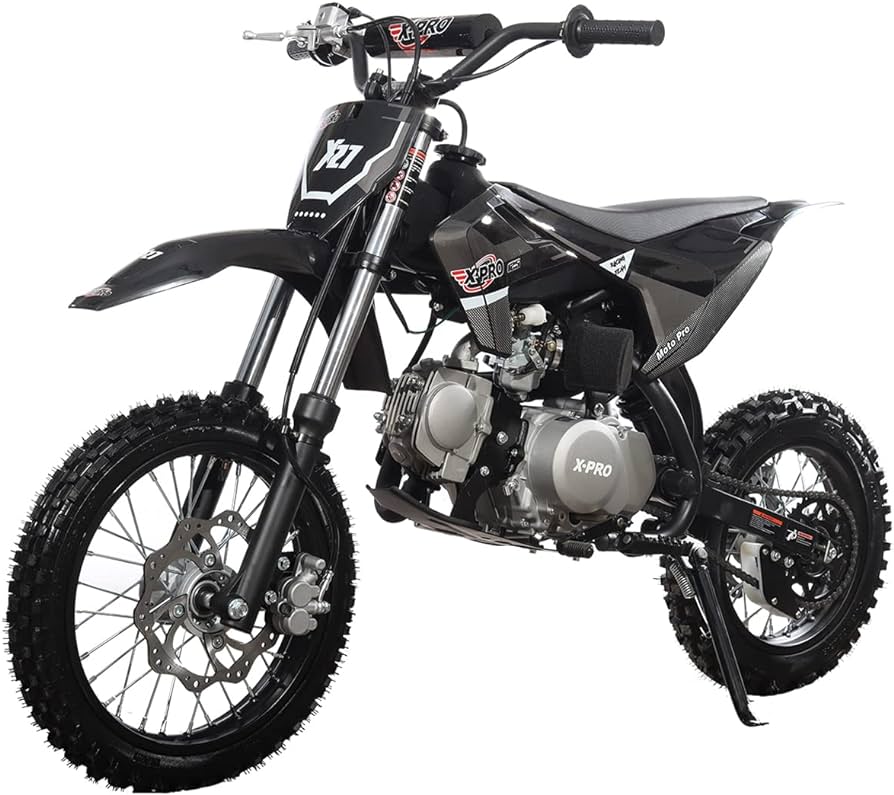 Diagnostic Tools
Diagnostic Tools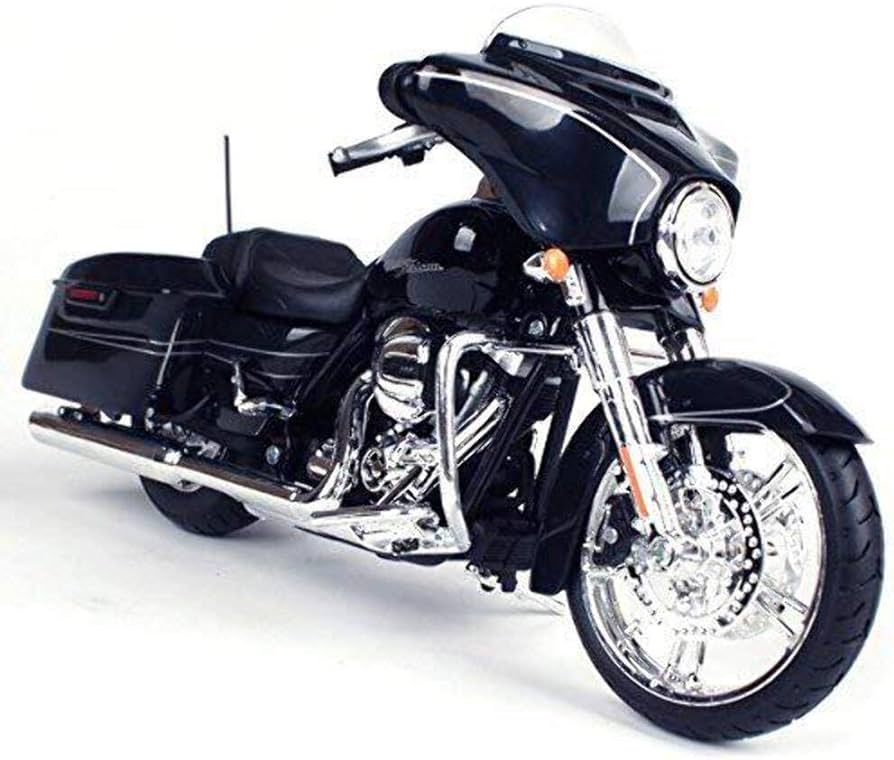 Preventive Measures
Preventive Measures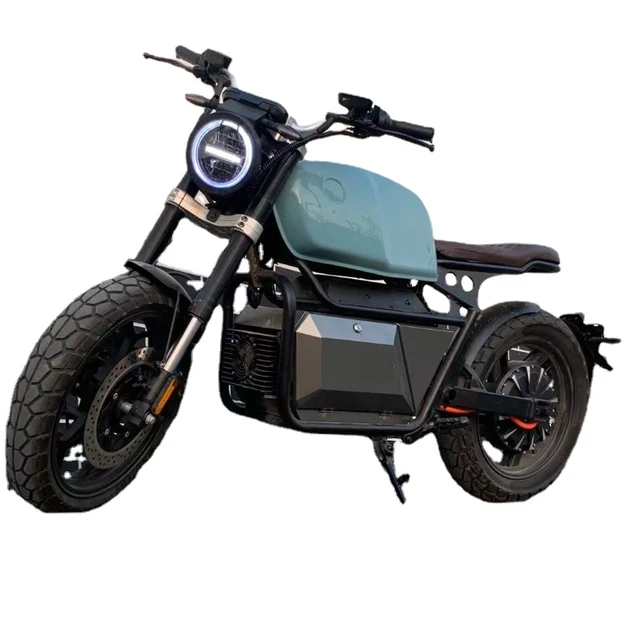
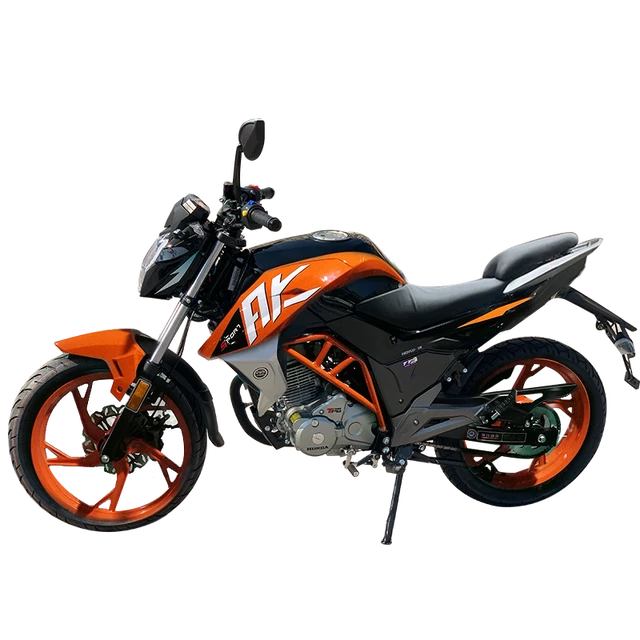 Attention to Detail:
Attention to Detail: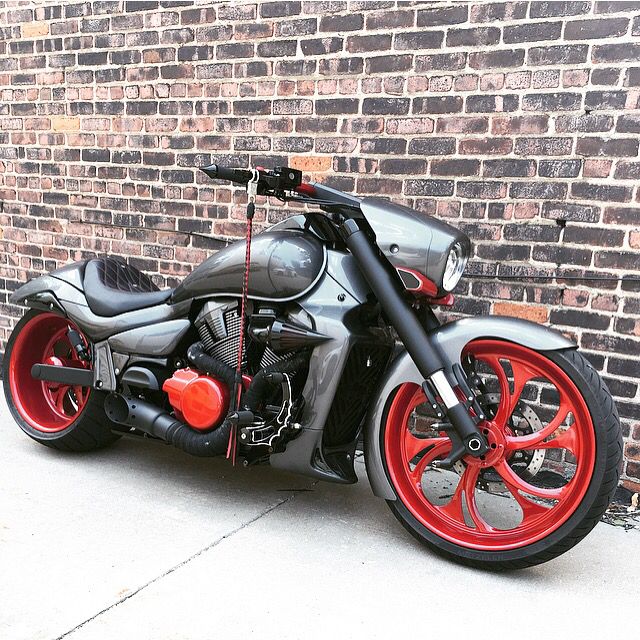 Riding Experience:
Riding Experience: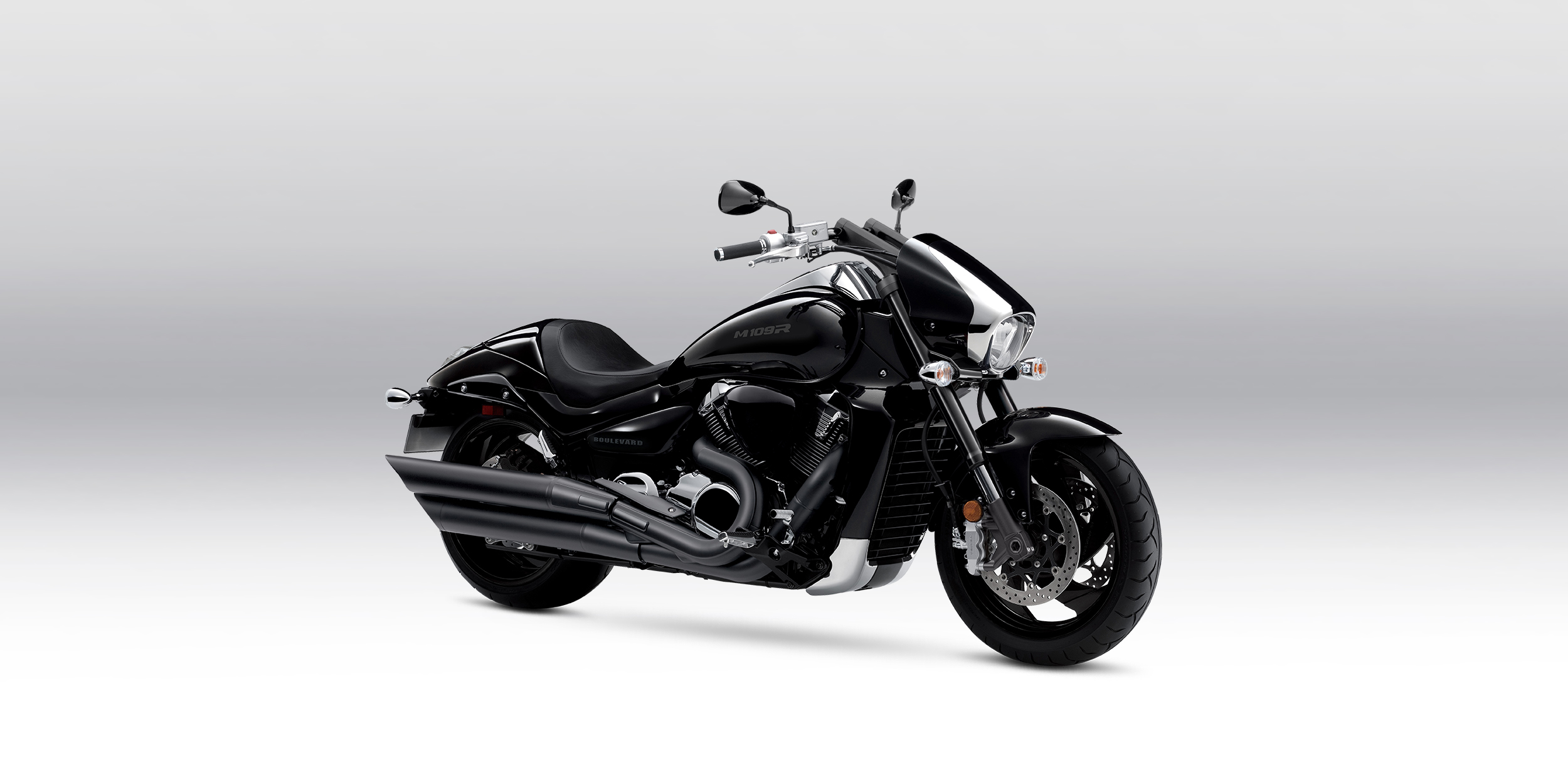 Electronic Features:
Electronic Features: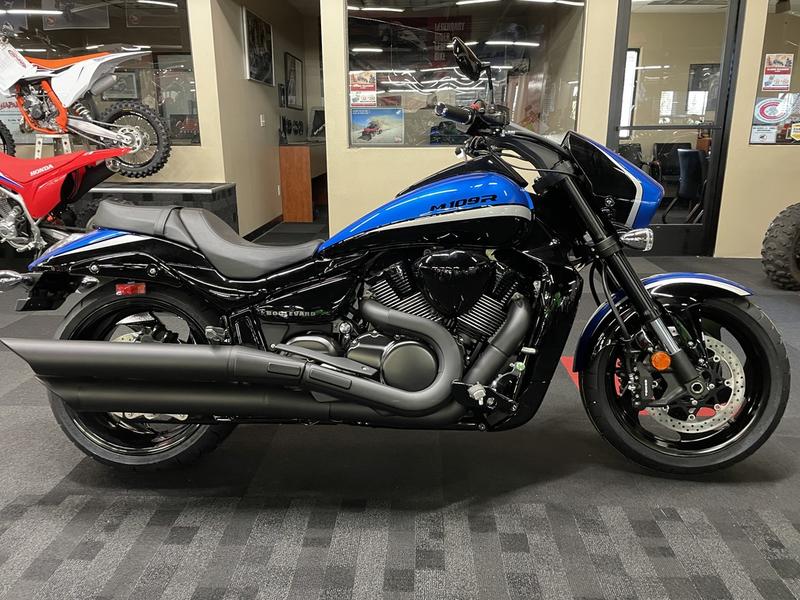 Regular Inspections:
Regular Inspections: